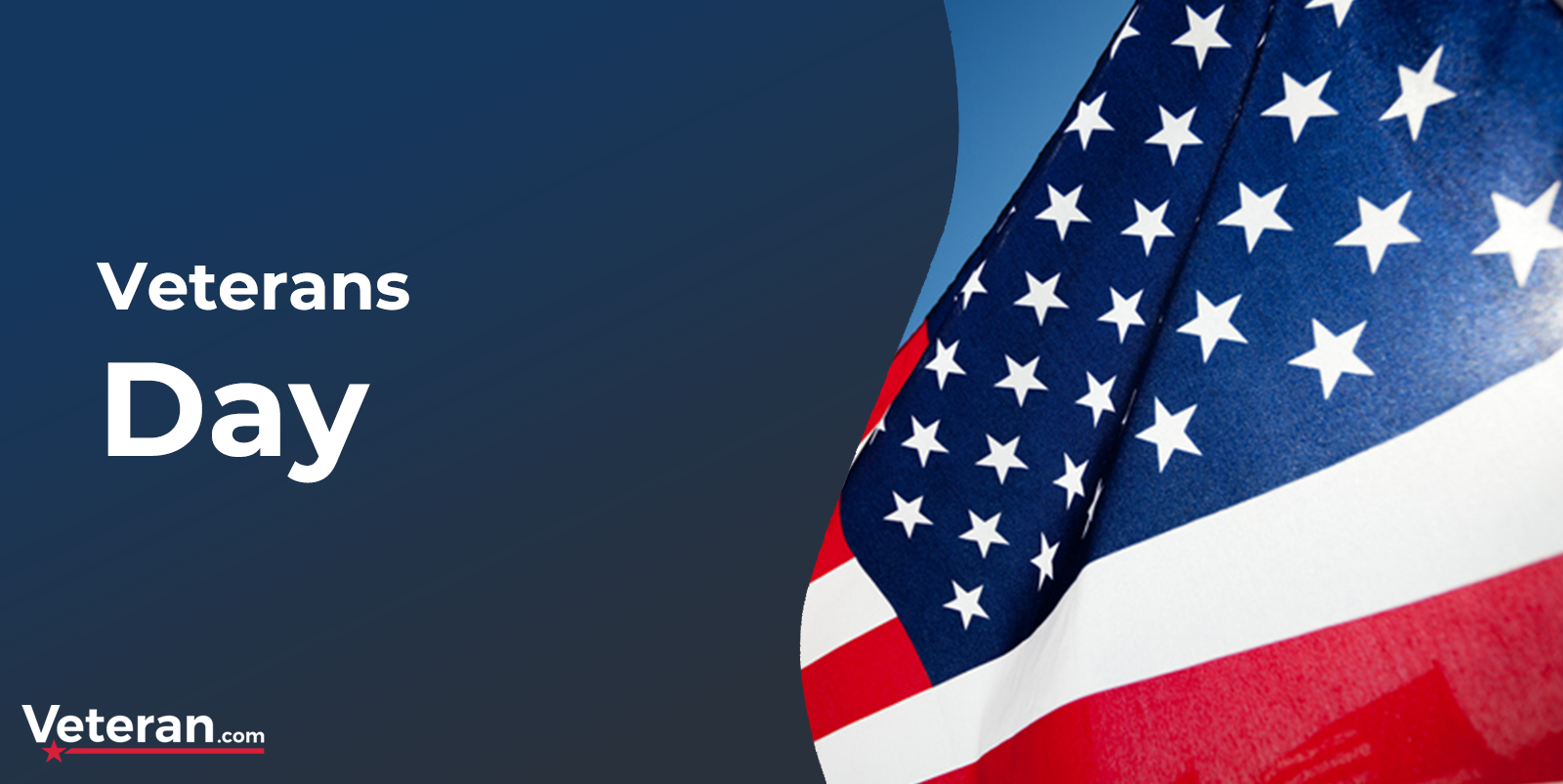Army Birthday
Updated: December 24, 2022
The official birthday of the United States Army is June 14, 1775. It’s easy to assume that this date implies the creation of a fully realized standing army, but the truth is that when the first shots were fired in the American Revolution, the troops involved in fighting the British could be compared to a guerrilla force; colonists from a variety of militias in the area banded together to fight the “Redcoats.”
The U.S. Army operates with close to half a million active-duty soldiers. The service has come a long way since it was created approximately a year prior to the signing of the Declaration of Independence.
How is the Army Birthday Celebrated?
Since the Army Birthday is not an official Federal or State holiday, banks and schools remain open on June 14, and there are no closures of financial markets or post offices. Army and Department of Defense agencies celebrating the Army Birthday usually do so on the base/local level with special events, ceremonies, social occasions, and more.
Military service organizations such as the USO, AMVETS, The American Legion, VFW, and others also recognize the Army Birthday on a local or agency-wide level. If you are interested in learning how the birthday is being honored in your area, it’s best to consult the local chapter of your preferred VSO to see what may be scheduled for the day or week of June 14th.
ADVERTISEMENT
The U.S. Army Birthday Ball
The Army Birthday Ball is a unique event held to celebrate the creation of the U.S. Army. This event is celebrated around the world at military bases, community centers, civilian hotels or other establishments. The Army Birthday Ball is even held at Guantanamo Bay, Cuba, home of the most notorious military detainees in American history.
The Army Birthday Ball is a black-tie formal event with military members wearing the full-service dress (“Dress Blues” or “Mess Dress” for military attendees). There are many traditions associated with the Army Ball; these usually have to do with paying respect to those who sacrificed life and limb to serve, but also to the newest members of the service and the future of the Army in general.
ADVERTISEMENT
How It All Started: Origins of the United States Army
The group of militia members who showed up to fight the British in 1775 were paid and equipped by the colonies without a formal type of government authorization that would later characterize operations and strategy of the U.S. Department of Defense.
Before a battle in 1775 near Boston, leaders began to rethink the militia concept. According to Army.mil, the Massachusetts Provincial Congress petitioned the Second Continental Congress to let that entity have control over New England troops.
The result was the creation of a standing colonial army led by its new commander-in-chief, George Washington, who assumed command in the summer of 1775. In December 1776, Washington led his famous expedition across the Delaware River to attack a garrison at Trenton, New Jersey.
Army Evolution: 1776 And Beyond
In June 1776, Congress enacted the Board of War and Ordnance, described by many as “the lineal ancestor of the War Department,” according to a U.S. Army timeline.
The U.S. Army’s first official training period as a military service is reported as being held between winter 1777 and 1778. Held at Valley Forge, the training was conducted by Prussian military officer Baron von Steuben.
On June 21, 1788, the United States Constitution was signed into law. For the Army this was a very crucial moment; the Constitution as signed in 1788 authorized the 8resident of the United States to act as Commander-In-Chief for the Army and Navy.he Department of War was established in 1789 and Congress authorized the creation of West Point Military Academy and the Army Corps of Engineers in 1802.
The U.S. Army And The United States Civil War
After the initial dust had settled from the earliest days of the Army, there were a variety of events and milestones including the War of 1812, conflicts with American indigenous tribes, and what has come to be known in the U.S. as the Mexican-American War (described elsewhere as The American Intervention in Mexico). But one of the most important milestones at this point in time, at least where the evolution of the U.S. Army is concerned, happened during the U.S. Civil War.
The Civil War is an obviously important moment in history, but one event, in particular, would do more to shape the Army than many others: In March 1863, Congress authorized national conscription via The Enrollment Act, also known as the Civil War Military Draft Act. This was not without controversy and resulted in some civil unrest including The New York City Draft Riots in the same year.
The creation of a military draft established a precedent that would be used and modified in later conflicts.
The Army And The Creation Of A New Military Draft
The Civil War draft didn’t necessarily result in compulsory registration or service on an indefinite basis. In May 1917, Congress passed the Selective Service Act, which remained in effect until the end of World War One. This would be followed years later by the first peacetime selective service requirement passed in 1940. The Burke-Wadsworth Act required all U.S. males between the ages of 21 and 35 to register with a draft board. This age range was later modified and ultimately when the U.S. Army began fighting World War Two, the draft age was extended to all males between 18 and 65.
The Army and the End of the Draft
Military draft issues would prove to be contentious, especially during the Vietnam War when a trend of refusing the draft was more widespread and high profile than it had been during previous conflicts. That phenomenon likely helped push many to reconsider conscription as a sustainable way to run national defense.
Eventually, Army leaders and civilian authorities recognized the value of an all-volunteer force. The Army’s adoption of the all-volunteer concept came as the result of a Presidential order; one of the few bright spots in the Nixon presidency was the president’s authorization to end the draft in 1973.
ADVERTISEMENT
The United States Army Today
Since 1973 there have been many conflicts; the United States Army has also operated or helped to facilitate humanitarian operations in many other countries from partner nations such as Honduras, and it also provides civil engineering and modernization projects in nations that lack certain types of infrastructure.
The U.S. Army is far different today than it was after being “stood up” by the Second Continental Congress; today Army operations include cybersecurity, intelligence gathering, covert operations, community building, and research.
The evolution of the U.S. Army also has included changes in the demographics of those who serve; from an exclusively male active-duty force to a diverse and multicultural force that is far more representative of the American population than in previous decades.
Most Popular Holidays and Observances Articles

Federal & Training Holidays

Military Calendar – Holidays, Events, Observances

Veterans Day 2024

Memorial Day 2024































































